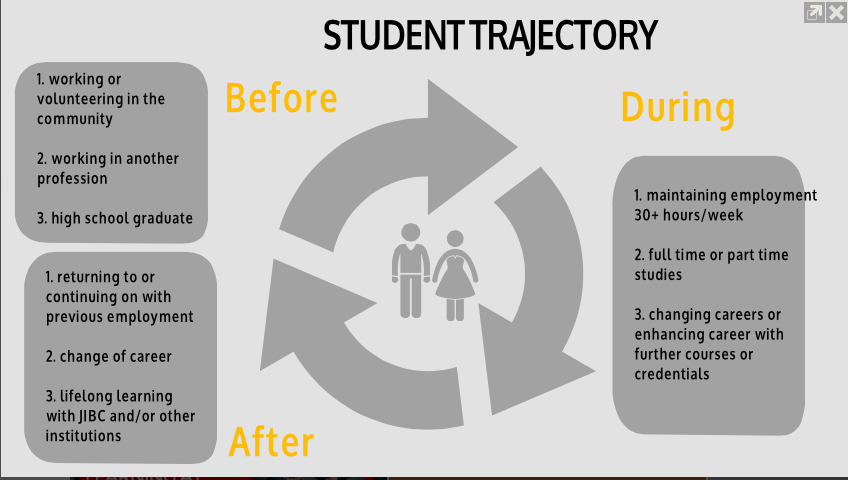About those innovation jobs…7 Rules About Innovation
Today was the latest job posting with innovation in the title, and this one is at a VP level. This seems to be an emerging trend in higher education, suggesting both a desire of institutions to show their commitment to innovation first by including it in their strategic plans, and in addition to that, making sure at least one person in the institution has innovation in their job title.
This isn’t a cranky, cynical post about this trend, but it does seem timely to share some observations about what some of institutional barriers to ed tech innovation are, and what can work in overcoming them. For credibility sake, I should mention that ed tech innovation has been one of my key areas of responsibility since I was hired 5 years ago. I’ve also worked at 2 other higher ed institutions and paid careful attention to where innovation emerges and where it is stifled. Because really, that’s what its all about. In the spirit of so many “expert” listicles, here are Tannis’s 7 Rules About Innovation.
1. Even if the term has become trite, innovation is important in higher ed. I believe this, and obviously institutions do too, seeing has how it is part of so many institutional strategic plans (and now job postings). I don’t think that institutions need more disrupting (or MOOCs) for that matter, but I do think that there is a lot of room for some ed tech innovation.
2. One innovative initiative does not make an innovative institution. I see flagship initiatives a lot ( think MOOCs, OERs, a tablet program, videoconferencing, active learning) and not only is it an eggs in one basket approach, but it’s difficult to gain momentum if there is only one innovative initiative, since you’re essentially banking on the majority of the institution being a) interested in it and seeing value in it and; b) it succeeding. This leads to the next point…
3. Innovation requires an institutional tolerance for a certain amount of failure. This is why a flagship innovation approach is a bad idea…if you put all your eggs in one basket and it’s not as successful as your marketing and communications department has pumped it up to be, you have few wins to celebrate (and difficulty maintaining momentum)…
4. Innovation requires momentum. When innovation is truly happening, it engages everybody and inspires spin offs. I think of innovation is a snowball that becomes big and then spins off other snowballs.
5. Innovation is not a project, a policy, or a committee. Innovation is first and foremost an institutional attitude that needs to be embraced and supported. Innovation is messy and sometimes isn’t successful. This makes administrators uncomfortable, from which emerge project plans, policies and steering committees to control what is perceived as risky, chaotic activity. These efforts lead to what could be called in academic terms “inhibiting boundary objects” or gatekeeping devices that will essentially void any strategic plan or job title change efforts. But it also doesn’t mean that innovation is a rogue free-for-all that costs institutions buckets of money either. More on that below.
6. Innovation is not retroactive catch up or large tech projects. Sometimes institutions mistake their latest enterprise software implementation as innovation, when it’s usually status quo with a new twist. Just because your latest implementation is costing buckets of money and resources, it doesn’t mean it qualifies as innovation. In fact, if your efforts are sucking money away from your innovation initiatives, your institution should take a critical view of why that is happening, and for what benefit. (Sometimes expensive implementations are about taking the path of least resistance, and this is where I think institutions should be looking at whether a more innovative approach could have saved money–think LMS’s, AV vendors, other enterprise software).
7. Innovation doesn’t have to be expensive. In fact, if you are fighting the bean counters on the value of innovation when you’ve said that it sometimes fails, and failure is Ok, you will want to minimize the financial risk. So showing the institution how much you can do with a small pocket of change is a great way to get momentum and buy in.
Next post: removing those inhibiting boundary objects and creating momentum…or 5 Rules of Creating an Culture of Innovation at your institution. Or whatever.



2 Comments
Pingback:
Pingback: